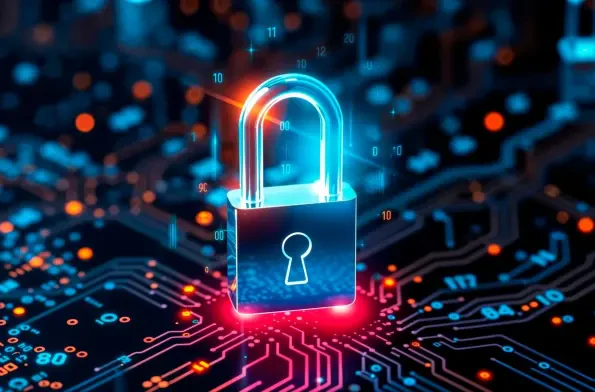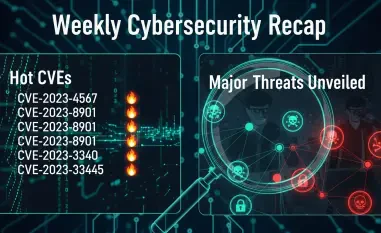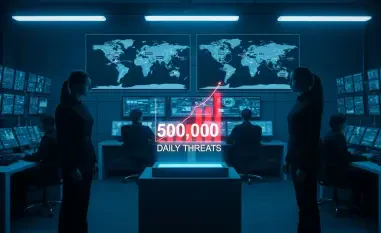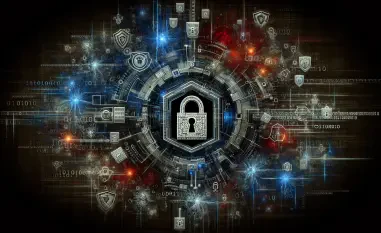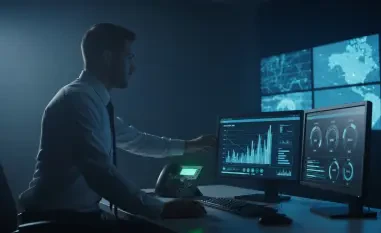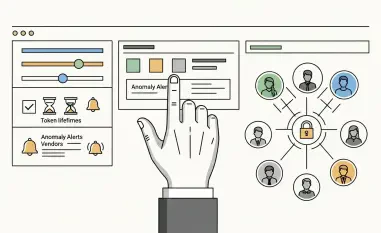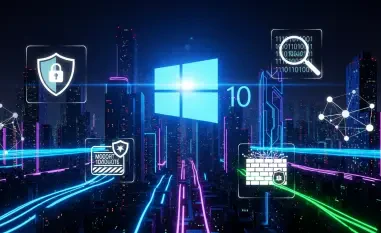In an unprecedented global effort, the notorious Lumma Stealer malware network was dismantled, marking a historic victory against cybercrime. Coordinated actions by law enforcement agencies and private cybersecurity firms successfully neutralized a network that had compromised millions of Windows devices worldwide. The operation targeted the intricate command-and-control (C2) infrastructure of the Lumma Stealer, a prevalent info stealer known for harvesting sensitive user information. With approximately 2,300 domains seized, this takedown signifies a landmark triumph in the fight against sophisticated cyber threats, underscoring the power of collaborative cybersecurity initiatives.
Collaborative Tactics for Takedown
The collaborative effort involved rigorous activities and strategic discussions that were central to dismantling the Lumma Stealer network. Law enforcement agencies like the FBI and Europol joined forces with tech giants and cybersecurity entities, including Microsoft’s Digital Crimes Unit, to execute this massive takedown. These coordinated actions were pivotal in seizing the core infrastructure controlling the malware’s operations, illustrating how shared intelligence and combined resources can effectively dismantle complex cybercriminal networks.
Strategic Insights from Technical Experts
Technical experts provided critical insights, revealing the intricacies of Lumma Stealer’s operation. Lumma operated on a malware-as-a-service model, marketing its capabilities on Russian-language forums with different service tiers. This structure allowed cybercriminals to deploy customized malware variants with advanced functionalities, turning ordinary users into effective threat actors. Experts emphasized the resilience of Lumma’s distribution tactics and the crucial role of technical expertise in countering these sophisticated methodologies.
Panel Discussions on Cybersecurity Collaboration
The event featured panel discussions where key themes of cybersecurity collaboration took center stage. Experts debated the efficacy of cross-border partnerships in tackling modern cyber threats. These discussions highlighted the growing trend of malware-as-a-service models and stressed the importance of continuing joint efforts between the public and private sectors to address evolving cybercriminal tactics. There was a consensus that only through cooperation and intelligence sharing can the cybersecurity community stay ahead of such threats.
Interactive Workshops and Demonstrations
Interactive workshops and live demonstrations engaged participants, showcasing practical approaches to combating malware like Lumma Stealer. Attendees participated in hands-on sessions where they learned about advanced threat detection techniques and the essential steps for responding to cyber incidents. These activities facilitated knowledge exchange, providing participants with valuable skills to bolster their cybersecurity defenses and encouraging proactive measures in network protection.
Innovations in Combating Cyber Threats
The event also featured showcases of cutting-edge innovations and technology demonstrations aimed at improving cybersecurity defenses. Attendees witnessed product demos and exhibitions of novel technologies developed to identify and neutralize malware threats. Standout innovations included automated detection systems and AI-driven analysis tools that promise to enhance the prevention of cyber threats like Lumma Stealer in the future, reflecting the continuous advancement in cybersecurity solutions.
Long-term Implications and Future Directions
The operation against the Lumma Stealer network has significant implications for future cybersecurity strategies. It highlights the critical need for ongoing vigilance and collaboration among stakeholders in the cybersecurity space. Recognizing the adaptability of cybercriminals, experts stress the importance of investing in innovative solutions and continuously updating detection measures to remain resilient against emerging threats. By enhancing international cooperation and regulatory frameworks, the global community can ensure robust defensive mechanisms are in place to combat future challenges. This landmark takedown not only disrupts a current threat but also sets a precedent for how similar operations might be conducted to safeguard digital environments.
